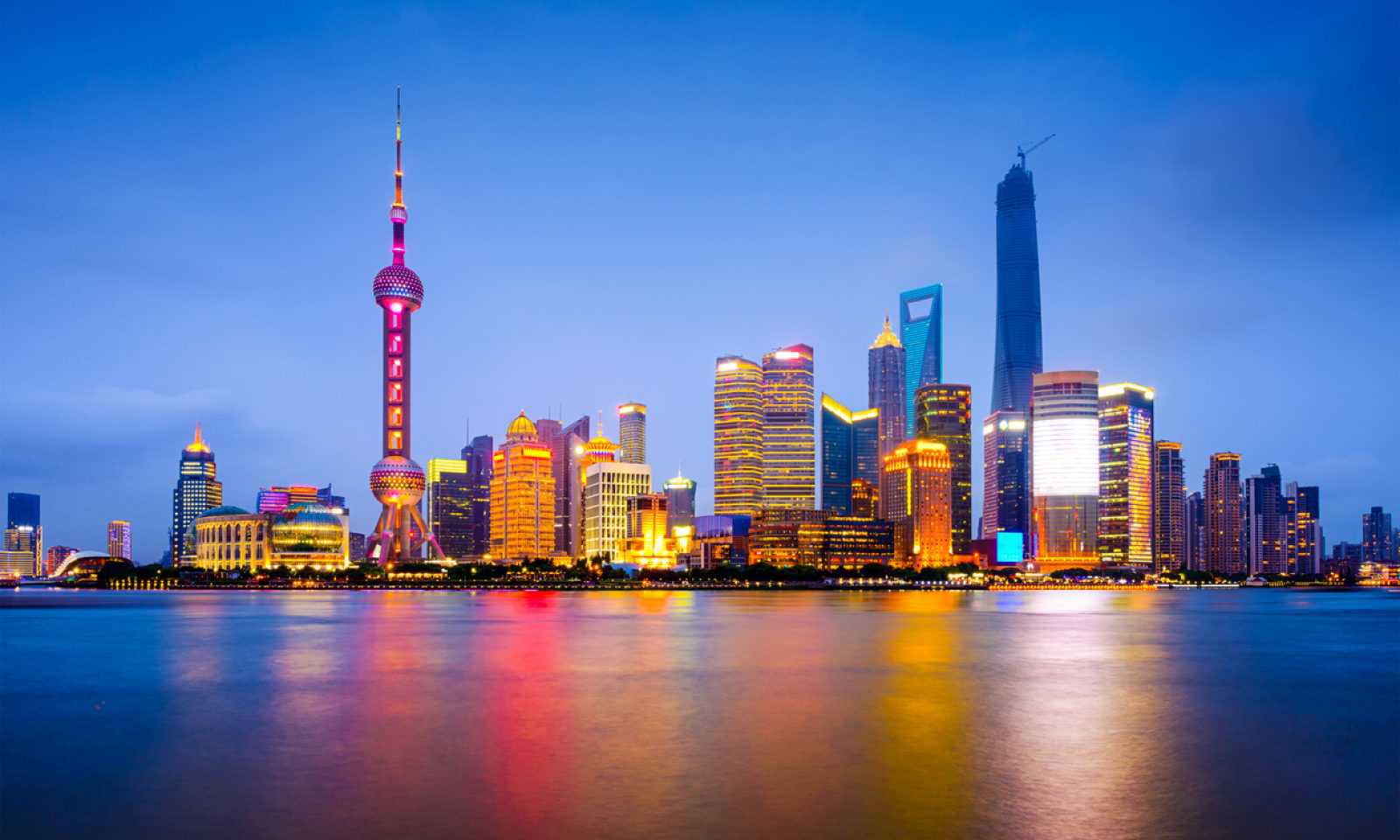Megacity clusters drive yet imperil China’s planned economy
01 December, 2018

By eliminating the overt calculation that characterizes planned economies, Chinese President Xi Jinping could remove the socio-political barriers to growth that continue to hamper the country’s incipient rebalancing toward consumption.
This would ratify a key ethical component of Chinese politics, namely that the governing center accepts the sharing of created value. The key sector in China’s rebalancing remains urbanization. But failure to acknowledge the limits of planned economic zones centered on urban clusters will prove fatal for Chinese reform.
Because so much of Chinese history has found symmetry in Keynesian thought, namely its view of the human person as an appendage to consumption, devoid of any moral value; and the view of the state as the final arbiter of direction, source of abundance and social mobility – it behooves Beijing’s state planners to consider sources of growth outside the commanding heights of a planned economy.
It is no different with concepts of Chinese urban planning.
The population of Chinese cities has quintupled in 40 years. Currently it totals nearly 900 million. By the year 2030, one in five of the world’s urban dwellers will be Chinese. Government economists in Beijing firmly believe that the source underwriting their political longevity is pinned to monetary velocity of fiat money. This is why the acceptance of the yuan as a reserve currency is a discrete goal toward liberalization.
China’s Han masters want what the West has, namely an alchemy of growth based on circulating paper.
Chinese economic planners firmly believe that the geography of urbanization will secure both higher productivity and faster economic growth. Hence the varying plans to remake the country’s map through building urban clusters anchored to giant hubs of planned state-owned enterprises. By coalescing the entire Chinese nation-state into super-regions, these economic planners hope to capture and direct the source of Chinese growth.
The Ministry of Housing and Urban-Renewal Development has planned for 19 urban clusters, the three most important of which are anchored to the Pearl River Delta adjacent to Hong Kong, the Yangtze River Delta surrounding Shanghai, and Jingjinji, the national capital region centered on Beijing.
By viewing these clusters as engines of growth from a planned economy, China’s leaders deliberately ignore the social impact of contemporary technology. Still, Beijing’s urban planners have two distinct features favorable to them.
One is scale. The average city cluster population is 110 million. China’s biggest cluster would reside close to the Yangtze delta, totaling 150 million urban residents, which dwarfs Tokyo’s 40 million. When you consider coalescing China’s most prosperous region, the Pearl Delta, it would resemble the size of the Netherlands.
The second favorable feature is the speed of China’s transport links. This expands the economic reach of each cluster by magnitudes. The regions around Beijing currently have nine high-speed railway links. By 2020 they will have 12 more. By 2030, planners expect to add an additional nine. This means the informing denominator of growth has changed from space to time.
Chinese incentives to politicize its household registry favorable to migrants from its poor interior is a viable policy option for Beijing as it struggles to cope with the social impact of urban clusters.
The concept of assigned, productive urban clusters of growth is grounded in the theories of agglomeration. Known as agglomeration economics, these concepts hold that size matters in deterring the shape, duration and scale of growth. The bigger the city, the more productivity planners can expect.
But there are fallacies to viewing the sources of human capital within the confines of exalted rationality. Assembling urban clusters into productive blocks serving a political center remains at odds to the centrifugal forces unleashed by digital media. Having integrated labor markets informed from vibrant universities is paramount, as are specialized supply chains serving divergent markets.
Economist Friedrich Hayek’s concept of conceit must be supplanted if the social needs of these participants are to be met.
The idea of productive urban clusters was first mentioned in 2006 when officials in Beijing sought development strategies to cope with the emergence of Beijing and Shanghai as megacities.
The Donald Trump administration’s tariff war has heightened several fault lines in China’s domestic economy, namely debt, federalism, anemic private sector growth and hosts of other monetary and fiscal matters related to partial liberalization of China’s capital account.
Because Xi has deliberately purged and politicized bureaucracies, working plans on China’s 19 urban mega-centers or clusters have been eclipsed by calls for transparency and better governance.
Two professional studies identity extraordinary growth pegged to urban clusters. The Journal of the Asian Pacific Economy and the National Bureau of Economic Research in Washington have fortified Xi’s efforts toward reform. By identifying components shaping productivity growth, political factions in Beijing seek to harness trends that concentrate authority, openly ratifying Xi’s governing style.
The governing class in Beijing needs to acknowledge the ethical supremacy of the mundane in its drive to build megacity clusters. For it takes longer to get to a train than it takes to travel between cities. Historically, the most successful urban clusters were never the products or creations of deliberate policy.
For China, the move out from the interior toward the littoral has had a profound impact on the pace of reform. Even still, the Pearl and Yangtze deltas possess natural coalescing movements.
